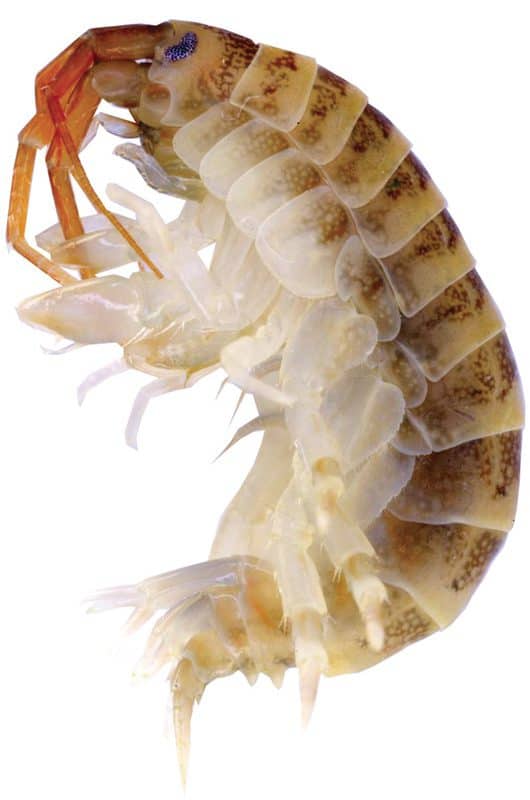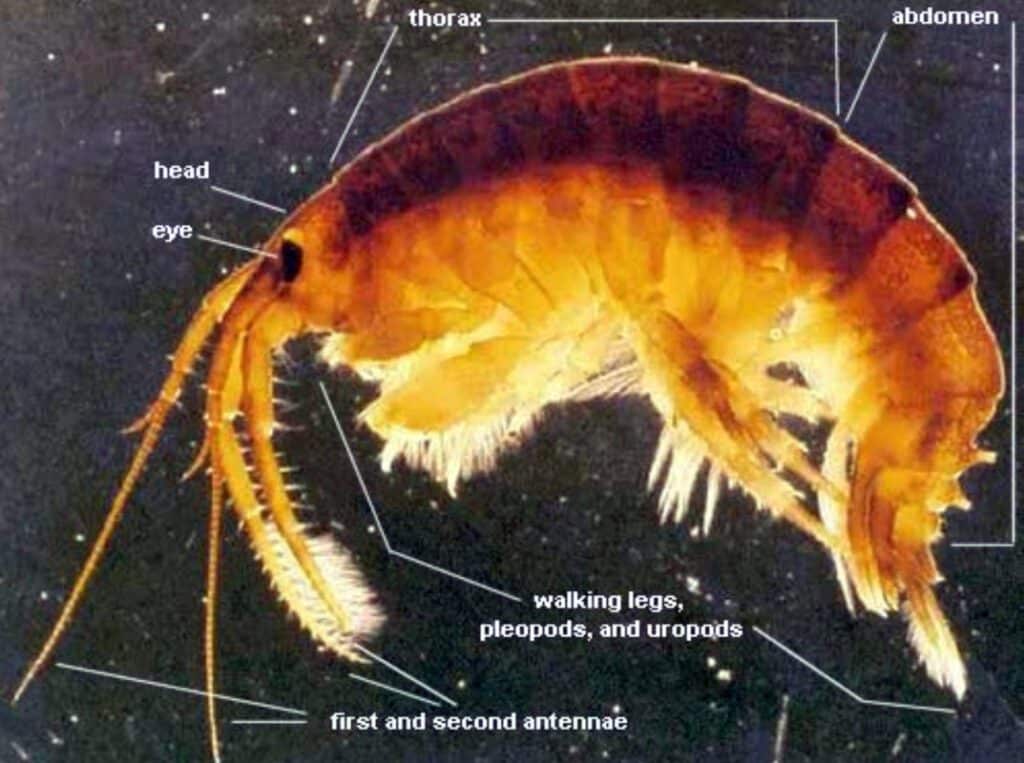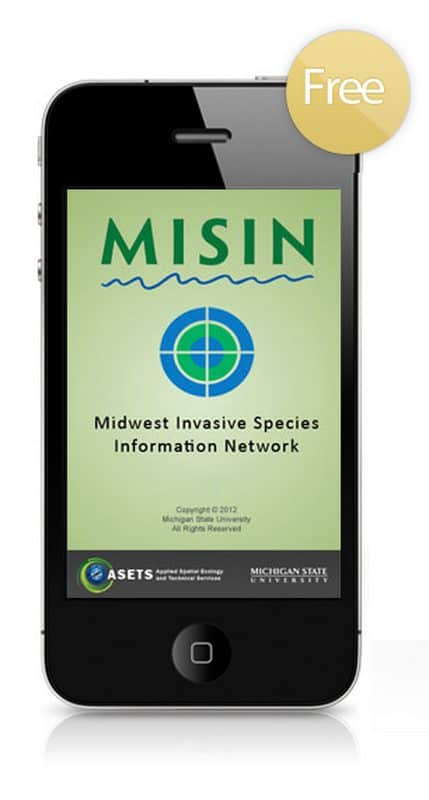*Prohibited in Michigan
Killer shrimp is an amphipod native to the Ponto-Caspian region that has recently invaded and spread throughout western Europe. Its populations have caused in significant ecological disruption, including reduced biodiversity and local species extinction. Although not yet known in North America, there is major concern this aggressive predator could severely threaten the trophic levels of the Great Lakes by preying on a range of invertebrates. In November 2014, the Michigan Department of Natural Resources added Killer Shrimp to the list of unwanted aquatic invasive species.

Identification
- Total body length of up to 30 mm (relatively large for a freshwater amphipod)
- May appear striped or uniform in coloration pattern
- Mandibles are relatively large
- Behavior is particularly vicious and destructive, killing and maiming unselectively
- Colonizes a wide variety of substrates, is capable of adapting to a wide range of habitats, and is able to survive fluctuations in temperature, salinity, and oxygen levels
Table of Contents
Impacts
- Interactions between Killer shrimp and macroinvertabrates can result in displacement or local extinction of native species, thereby reducing biodiversity.
- Killer shrimp have been observed attacking small fish, which raises concern over whether vulnerable life stages (eggs, larvae, and juveniles) of vertebrates may be at risk.

Management
Regulations
There are no known regulations for this species.
Note: Check federal, state/provincial, and local regulations for the most up-to-date information.
Control
Physical
While no prevention mechanism exists for intracontinental dispersion, mandatory ballast control and ballast filtration systems are being implemented to prevent further transcontinental dispersion. Shoreline treatment plants for ballast water are also being considered, although this could be a costly option.
Chemical
While a specific method is unknown, it has been suggested that D. villosus can be killed by oxidizing biocides.

Reporting Invasive Species – FREE APP The MISIN smartphone app provides a mobile solution for the capture of invasive species field observation data. You can play an important role in the early detection and rapid response to new invasive threats in your area by contributing invasive species observations to the MISIN database.
|



